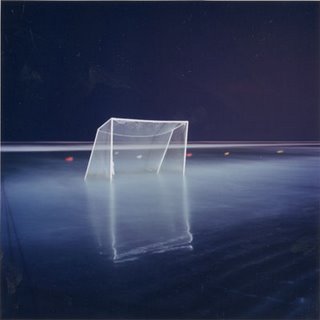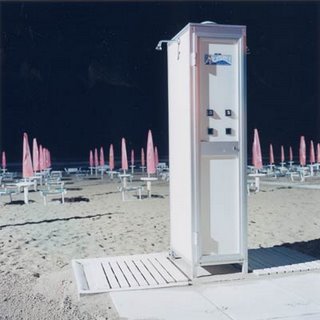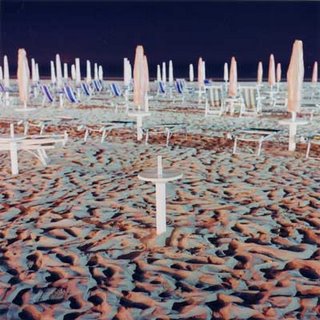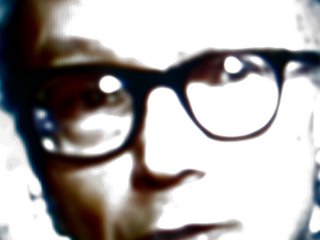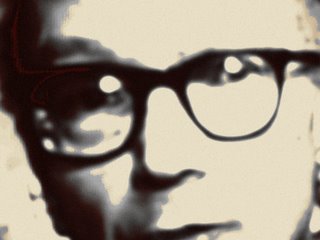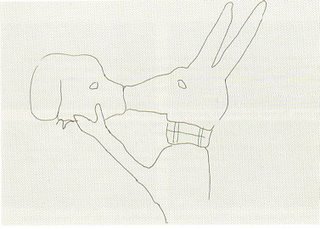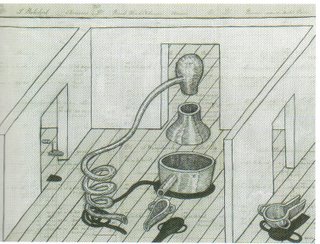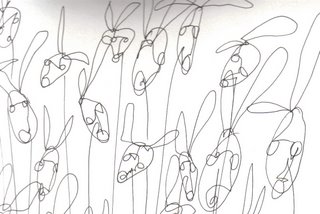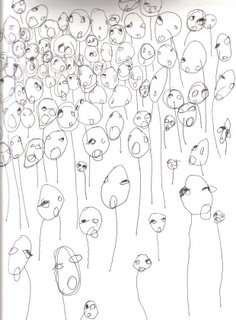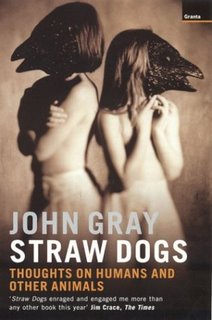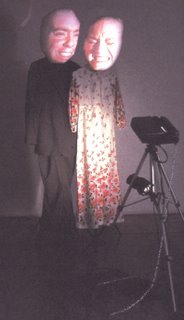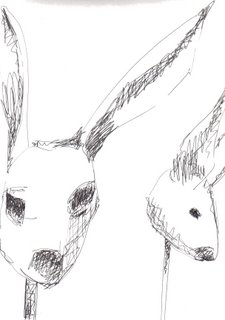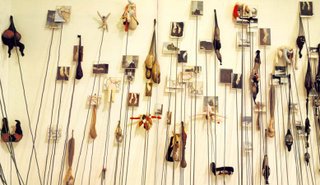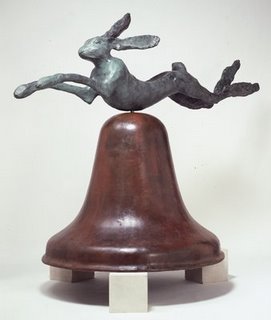
Hans Bellmer. Illustration for Oeillades ciselées en branche (Glances Cut on the Branch). Paris: Editions Jeanne Bucher, 1939. Heliogravure; 13.5 x 10.8 cm.
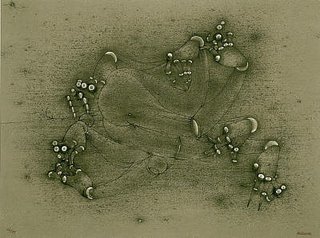
Hans Bellmer. The Articulated Hands, 1954. Color lithograph, ed. 32/59; 27.5 x 37.5 cm. Denoël 29. The Art Institute of Chicago, Stanley Field Fund (1972.32).
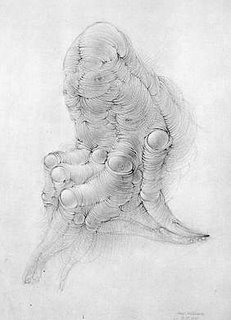
Hans Bellmer. Untitled, 1951. Graphite on cream wove paper; 38.1 x 28.1 cm. The Art Institute of Chicago, Lindy and Edwin A. Bergman Collection (101.1991).
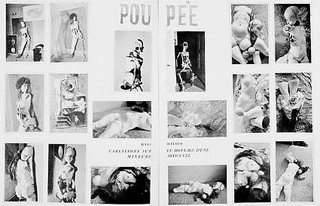
Hans Bellmer. "Poupée, variations sur le montage d'une mineure articulée," Minotaure 6 (Winter, 1934–35), pp. 30–31.
In December 1934, there appeared in the Surrealist journal Minotaure a two-page spread introducing French readers to the erotic imagination of the German artist Hans Bellmer. Eighteen photographs Bellmer had taken of a life-size, female mannequin are grouped symmetrically around the title "Doll: Variations on the Montage of an Articulated Minor."
The images show Bellmer's assemblage, made of wood, flax fiber, plaster, and glue, under construction in his studio or arrayed on a bare mattress or lacy cloth. Seductive props sometimes accompany the doll—a black veil, eyelet undergarments, an artificial rose. Naked or, in one case, wearing only a cotton undershirt, the armless doll is variously presented as a skeletal automaton, a coy adolescent, or an abject pile of discombobulated parts. In one unusual image, the artist himself poses next to his standing sculpture, his human presence rendered ghostly through double exposure. Here Bellmer's own body seems to dematerialize as his mechanical girl, wigged, with glass eyes, wool beret, sagging hose, and a single shoe, takes on a disturbing reality.
The Surrealist fascination with automata, especially the uncanny dread produced by their dubious animate/inanimate status, is exemplified by Bellmer's doll and his equally uncanny drawings.

